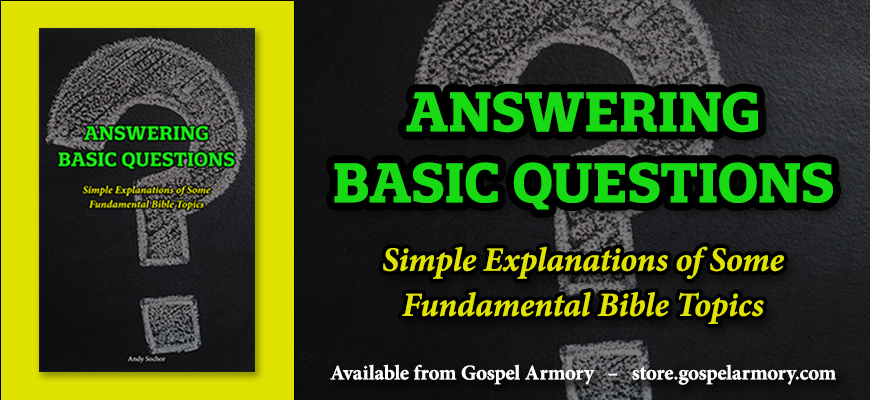Thought from today’s Bible reading from Leviticus 8-10.
“Now Nadab and Abihu, the sons of Aaron, took their respective firepans, and after putting fire in them, placed incense on it and offered strange fire before the Lord, which He had not commanded them. And fire came out from the presence of the Lord and consumed them, and they died before the Lord” (Leviticus 10:1-2).
The account of Nadab and Abihu is an excellent example of the need to do those things which God has authorized and refrain from those things which He has not. But this event is not without a context. This happened during the time when Aaron and his sons – which included Nadab and Abihu – were consecrated and sacrifices were offered to God. Notice some of the phrases that describe what was done during these events:
Continue Reading













